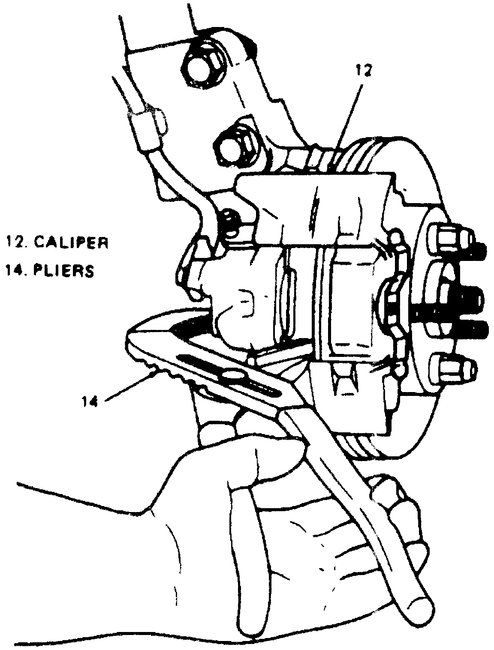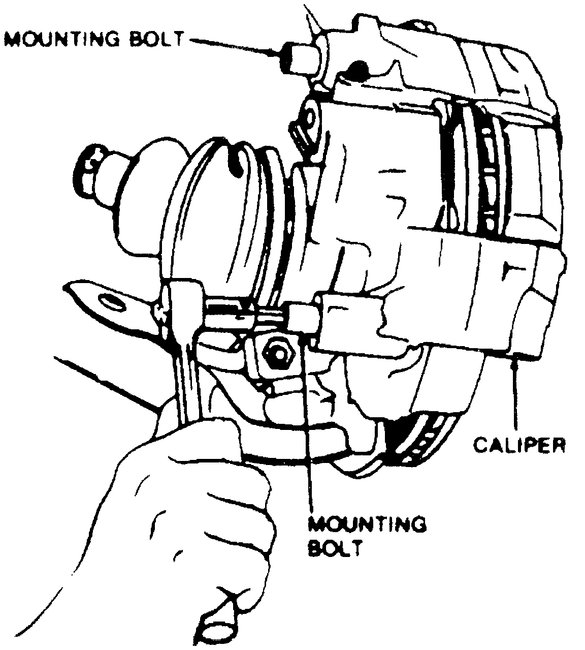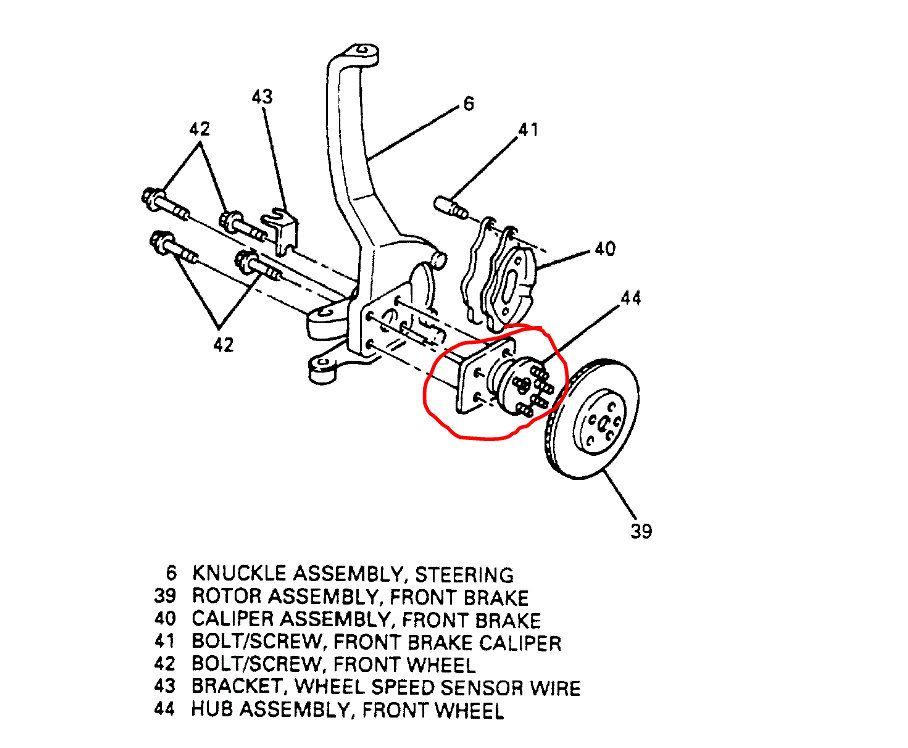Hi,
It sounds like you have brake rotors that are warped. Even though you don't feel it under a light stop, you can under a heavy one. Most times when you feel the steering wheel shake, its the front brake rotors.
That is where I would start. I would first lift one front wheel off the ground at a time and confirm there isn't excessive play in the front bearings. If there isn't, I would replace the rotors and pads.
Here is a link that explains how in general how to replace the brake pads and rotors. It shows it on a front wheel drive. Your vehicle is a bit different because your rotors contain the wheel bearings.
https://www.2carpros.com/articles/how-to-replace-front-brake-pads-and-rotors-fwd
_________________________
Here are the directions specific to your vehicle for replacement of the rotors.
1995 Chevrolet Camaro V6-204 3.4L VIN S SFI
Front Rotor/Disc
Vehicle Brakes and Traction Control Disc Brake System Brake Rotor/Disc Service and Repair Procedures Front Rotor/Disc
FRONT ROTOR/DISC
1. Remove caliper as described in Caliper Service under Brake Caliper/Service and Repair.
2. Remove caliper mounting bracket attaching bolts, then the caliper mounting bracket.
3. Remove wheel bearing lubricant cap from center of rotor.
4. Remove cotter pin, nut and washer from steering knuckle assembly.
5. Carefully pull brake rotor from steering knuckle.
6. Reverse procedure to install, prior to installing cotter pin onto the steering knuckle, adjust wheel bearing as follows:
a. Torque nut to 21 ft. lbs. while turning brake rotor clockwise. This will remove any grease or burrs which may cause excessive wheel bearing play.
b. Back off nut to a just loose position.
c. Hand tighten nut until next slot.
d. Install cotter pin and wheel bearing lubricant cap.
__________________________
Here are the directions for caliper removal and brake pad replacement:
1995 Chevrolet Camaro V6-204 3.4L VIN S SFI
Removal/Installation
Vehicle Brakes and Traction Control Hydraulic System Brake Caliper Service and Repair Procedures Caliper Service Front Disc Brakes Removal/Installation
REMOVAL/INSTALLATION
Fig. 8 Piston Compressing W/Pliers.
imageOpen In New TabZoom/Print
Fig. 9 Caliper Mounting Bolts Replacement.
Pic 1
REMOVAL
1. Remove approximately 2/3 of brake fluid from master cylinder.
2. Raise and support front of vehicle, then remove wheel and tire assembly.
3. Position suitable pliers over inboard pad and housing as shown in Fig. 8, and squeeze pliers to compress caliper piston.
4. If caliper assembly is being removed for service, remove inlet fitting attaching bolt, copper washer, and inlet fitting from caliper housing. Plug opening in inlet fitting to prevent fluid loss and contamination. Do not crimp brake hose, as this may damage internal structure of hose. If only shoe and lining assemblies are to be replaced, do not disconnect brake line fitting from caliper.
5. Remove Allen head caliper mounting bolts, Fig. 9. If bolts show signs of corrosion, use new bolts when installing caliper assembly.
6. Remove caliper assembly from disc. If only shoe and lining assemblies are to be replaced, using a length of wire suspend caliper from spring coil. Never allow caliper to hang from brake hose.
Fig. 9 Caliper Mounting Bolts Replacement.
Pic 2
Fig. 13 Caliper & Stops Clearance Inspection.
Pic 3
CALIPER INSTALLATION
1. Position caliper assembly over disc and align mounting bolt holes. If brake hoses were not disconnected during removal, use care not to kink hoses during installation.
2. Install mounting bolts and tighten to specifications, Fig. 9.
3. Check dimensions between each caliper stop and caliper, Fig. 13. If necessary remove caliper and file ends of bracket to provide proper clearance.
4. If brake hose fitting was disconnected during removal, install brake hose fitting.
5. Fill master cylinder. Bleed brake system if brake line was disconnected and recheck master cylinder fluid level.
6. Install wheel and tire assembly on vehicle, then lower vehicle and check brake system operation. Before moving vehicle, pump brake pedal several times to be sure it is firm. Do not move vehicle until a firm pedal is obtained.
Let me know if this helps.
Take care,
Joe
Images (Click to make bigger)
Monday, February 10th, 2020 AT 3:15 PM






